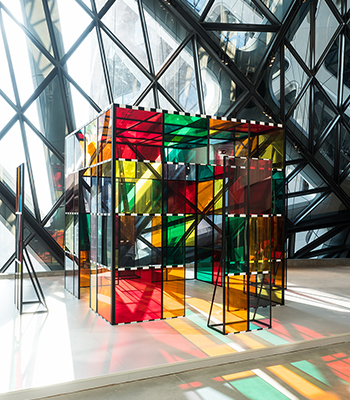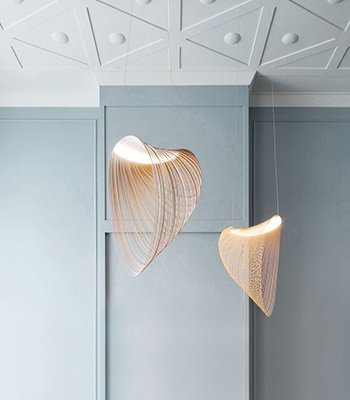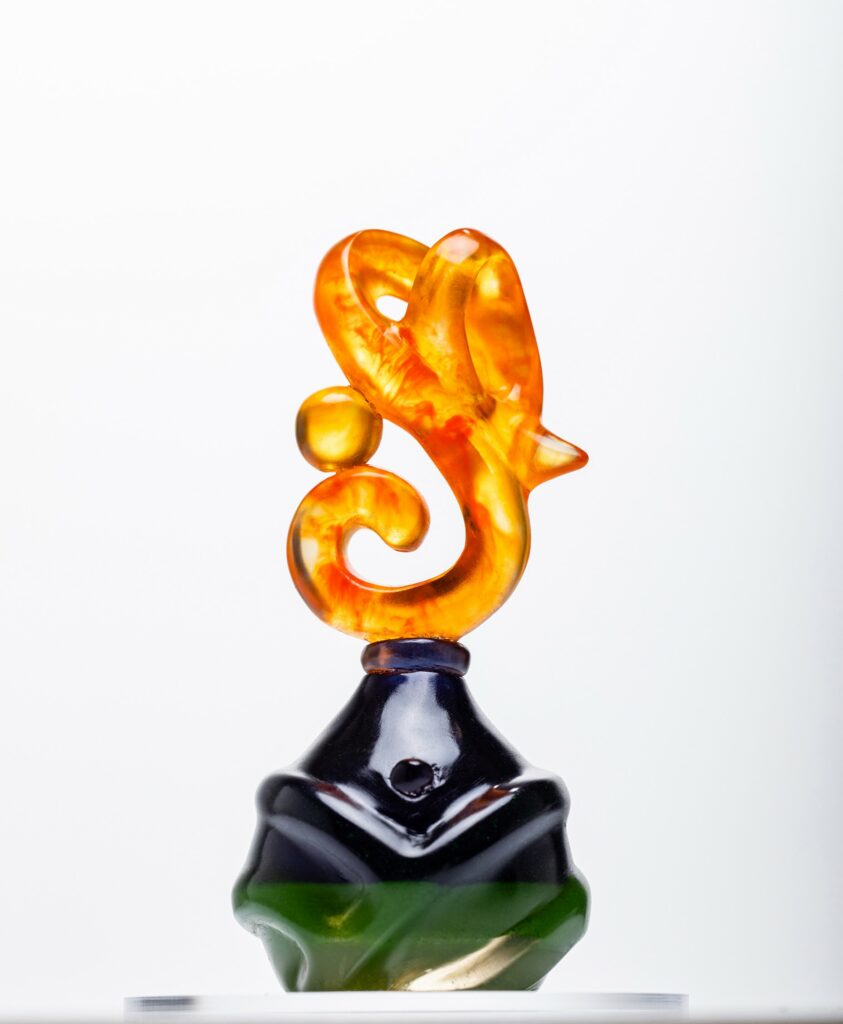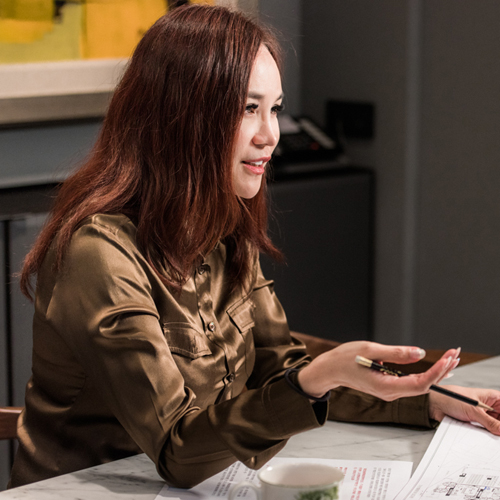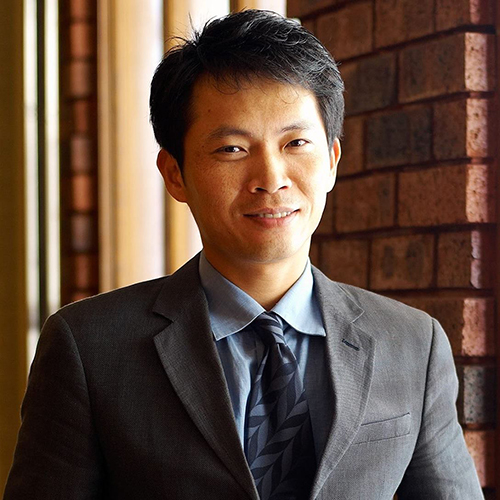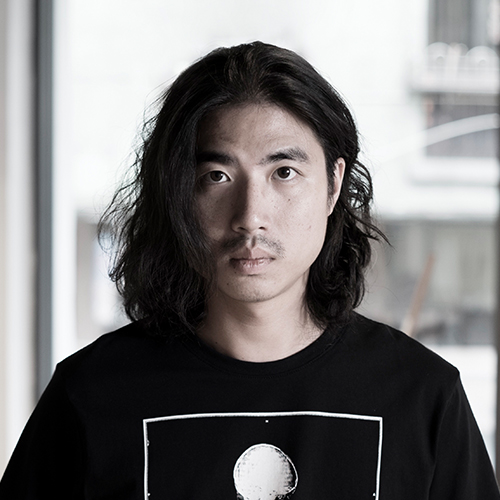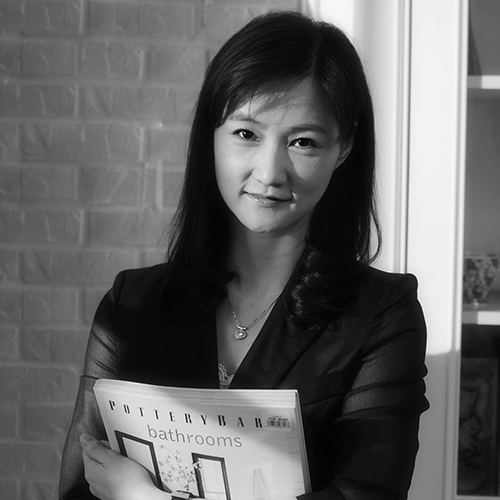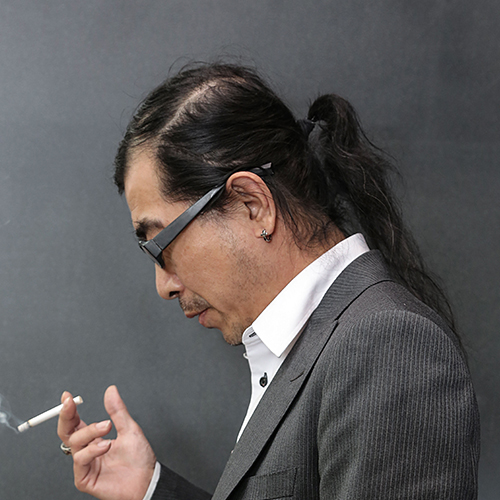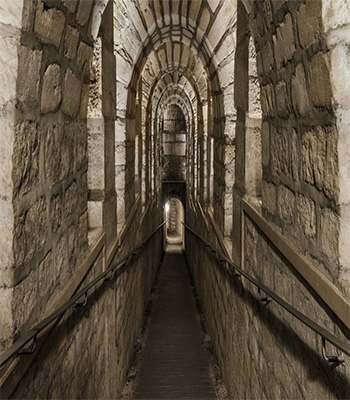
巴黎古老地下墓穴
巴黎地下墓穴的歷史始於18世紀後期,當時與該市墓地有關的重大公共衛生問題導致他們決定轉移到地下。從海拔62米的登弗特·羅切洛(Denfert-Rochereau)下降20米以下到世界上最大的藏骨庫,而這骨庫可以追溯到四千五百萬年前。巴黎的市政倉庫是古老的前礦山,現在被稱為Les Catacombes de Paris,以羅馬的名字命名。追溯到18世紀,城市中的墓地開始出現問題,他們擔心地面,水和空氣的狀況,儘管他們尚不清楚確切的病因,但他們懷疑這是疾病傳播的原因。 (Robin&Gély,2018)城市範圍內的許多公墓已被堆滿,造成附近居民的不衛生和不良的生活條件。這個問題在1786年變得更加嚴重。直到一個事件最終發生之前,一個公共墳墓旁的地窖牆倒塌,將數百具屍體倒入了房屋的地下室,議會最終下令關閉。
The history of Les Catacombes de Paris starts in the late eighteenth century, when major public health problems tied to the city’s cemeteries led to a decision to transfer their contents to an underground site. Descending from place Denfert-Rochereau, 62 meters above sea level, to the biggest ossuary in the world, and the catacombs is 20 meters below, to travel back in time to forty-five million years. Paris’s municipal ossuary, the ancient former mines, now known as Les Catacombes de Paris, was named after the Roman one. Back to eighteenth century the cemeteries within the city began to preoccupy doctors who feared ground, water and air condition, which, despite not yet understanding the exact cause, they suspected played a role in the spread of illness. (Robin & Gély, 2018) Many cemeteries within the city limits had become filled to overflowing, resulting in unsanitary and unpleasant living conditions for those dwelling adjacent to them. The problem grew serious by 1786. Until one incident eventually occurred, the collapse of a cellar wall next to a communal grave poured hundreds of cadavers into the basement of a house, the parliament finally ordered the closure of the ‘Cimetière des Innocents’ on 1st December 1780.
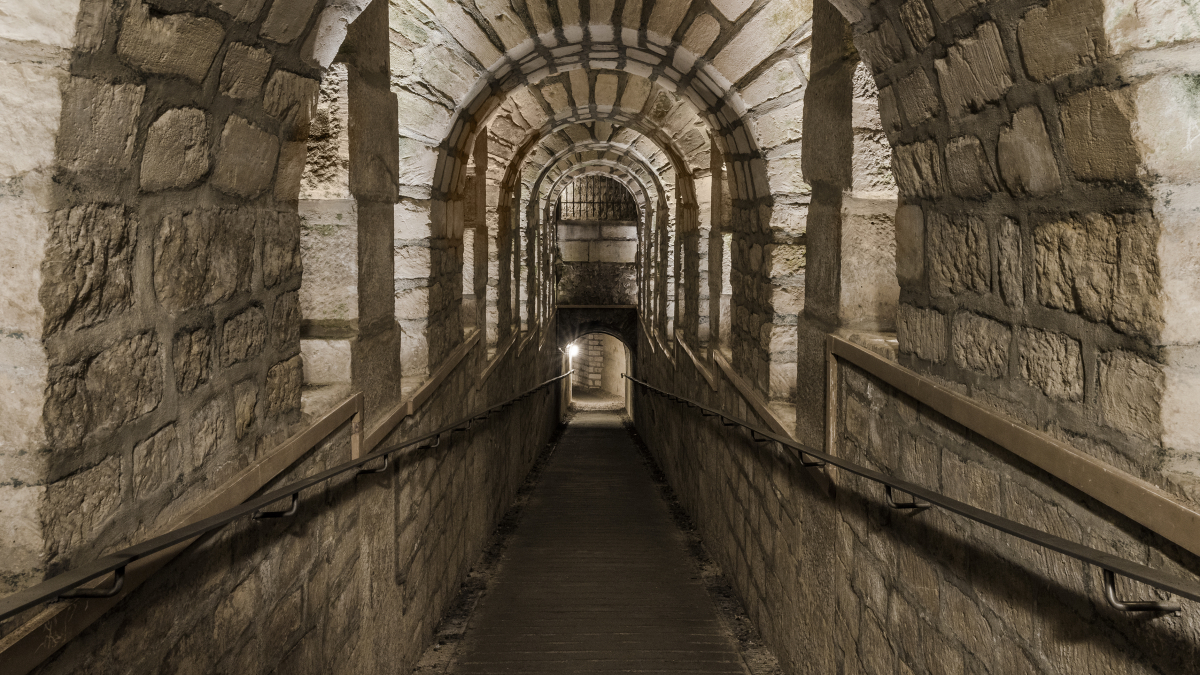
有600萬人的遺體需要重新埋葬並有足夠的空間,唯一有足夠空間將它們全部掩埋的地方是城市下方二十米遠的老礦井。採石場的總檢查員Guillaumot負責組織現場並確定放置骨頭的地下畫廊。他通過建造邊界牆,將其與磚石支柱合併來分隔空間。從1788年起,該骨庫用作在大革命期間死亡的巴黎人的太平間,並且從1840年代起從墓地轉移的所有骨頭都增加了。Guillaumot 於1807年去世後,他將地下墓穴的重建工作委託給路易斯·埃蒂安·弗朗索瓦·埃里卡特·德·圖裡(Louis-Étienne François Héricart de Thury)。他改善了空氣流通,加固了護柱,並建造了具有紀念意義的柱子,使它們具有從上古時期和文獻中藉來的名稱,例如Memento Pillar的石棺。骨頭是按照中世紀的傳統進行排列的,並根據採石者的意願增加了新的裝飾。這種方法結合了石工和“海牙與布爾格斯”技術,包括建造一個長骨頭和頭骨的立面,保留了堆積在後面的骨頭。他的作品在1809年7月1日向公眾開放後不久,便給巴黎地下墓穴帶來了完整,端莊,受人尊敬的外觀。
With the remains of six million people requiring reburial and enough spaces, the only location with sufficient space to inter them all was the former mine tunnels twenty meters beneath the city. General Inspector of the Quarries, Guillaumot, who was charged with organizing the site and identifying the subterranean galleries in which to place the bones. He separated the space by building boundary wall, consolidating it with masonry pillars. From 1788, the ossuary was used as a morgue for the Parisians who died during the Revolution and for all the bones transferred from the cemeteries from 1840s increased onwards. After Guillaumot died in 1807, he entrusted the redevelopment of the Catacombs to Louis-Étienne François Héricart de Thury. He improved the air circulation, reinforced the retaining pillars and built monumental-looking columns, giving them bombastic names borrowed from Antiquity and literature such as Memento Pillar, the Sarcophagus of the Lacrymatory (called ‘Gilbert’s Tomb’). The bones were arranged according to the medieval tradition and enhanced with new decorations left to the quarry-men’s discretion; this method is a combination of masonry and the ‘hagues et bourrages’ technique, consisted in building a façade of long bones and skulls retaining the bones heaped behind. His work gave Les Catacombes de Paris a complete, dignified, respectful appearance and shortly after it opened to the public on 1st July 1809.
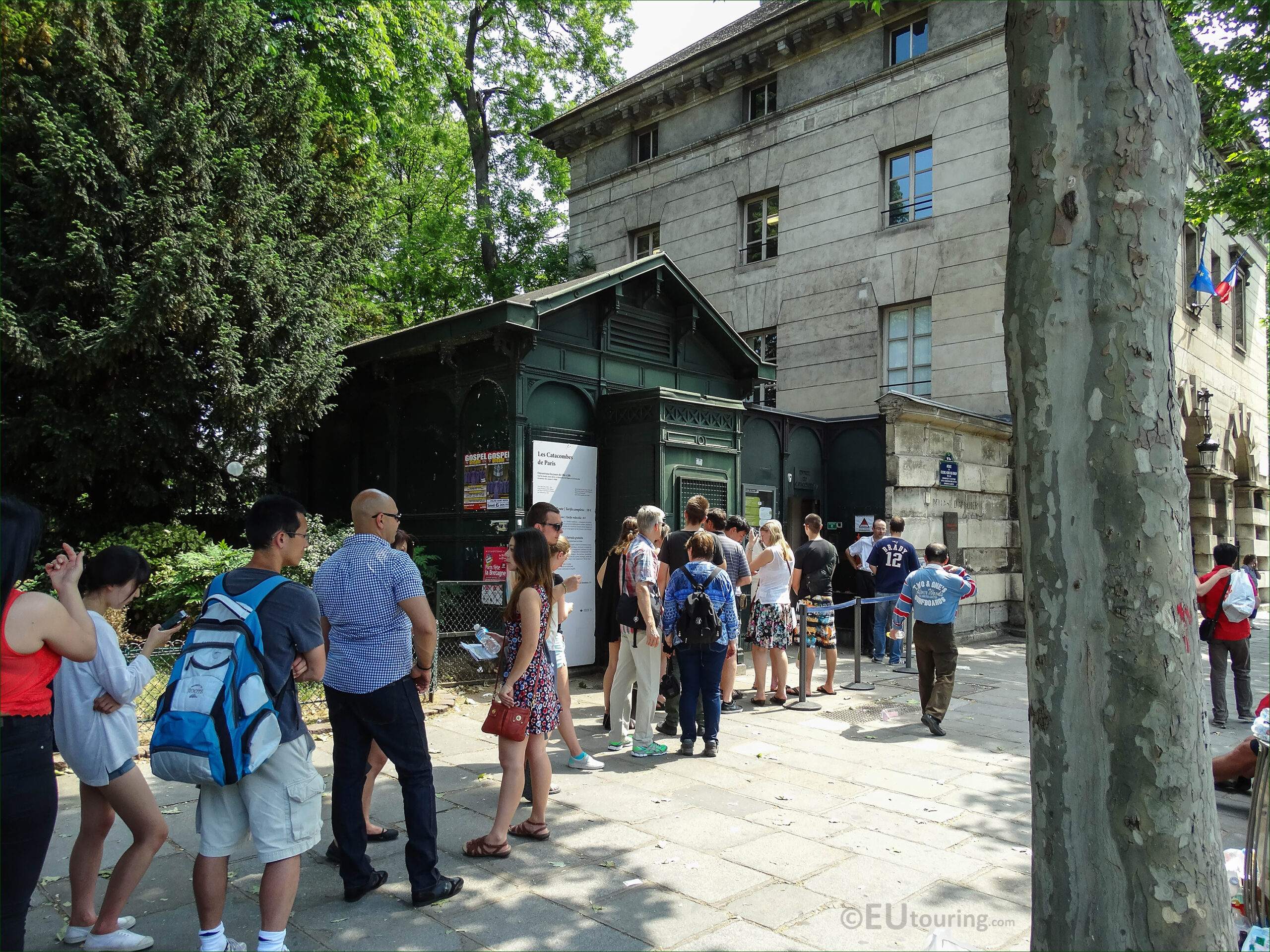
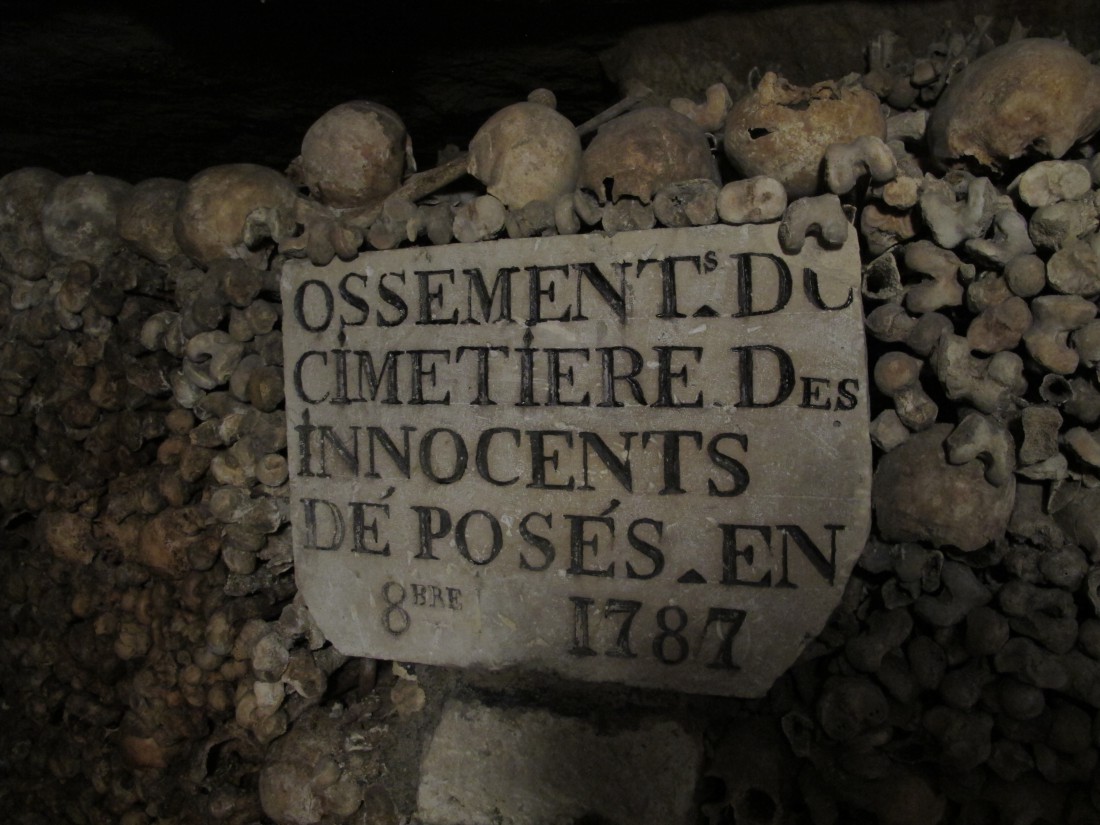
他們鼓勵遊客進行反省和冥想死亡。為了這個地下觀光增加教育意義,赫里卡特·德·圖裡擁有了兩個以傳統的好奇櫃子形式建造的櫃子。一個致力於礦物學,另一個致力於病理學。它是巴黎最早的博物館之一,不僅是藏骨博物館,它還展示了價值的許多不同方面,例如:歷史,地質,生物學,植物學,洞穴學,人類學和考古學。 1787年,未來的查爾斯十世伯爵阿托瓦斯伯爵在一群朝廷女士的陪同下參觀了該遺址。 1814年,奧地利皇帝弗朗西斯一世在那裡游覽。 1860年,拿破崙三世與兒子一起進入地下墓穴。值得注意的是,1897年4月2日,在這舉辦了一場音樂會,名為“熱情的墓穴”或“脛骨的羅通達”。根據費加羅報,大約有一百人參加了演出。 基於Philibert Aspairt的真實悲劇:在巴黎地下墓穴中,人們很容易迷路,女修道院的搬運工Aspairt想到了穿越地下採石場前往沙特勒修道院(Chartreux Convent),搶劫其酒窖中著名的利口酒。他最終迷路了。十一年後的一個採石場發現了他的屍體。同樣在亞歷山大·杜馬斯(Alexandre Dumas)的小說《救世主》中,維克多·雨果(Victor Hugo)的《悲慘世界》(LesMisérables)中也提到了這個地下世界的文學-巴黎地下墓穴。They encourage visitors toward introspection and a meditation on death. With the aim of adding an educational aspect to the circuit, Héricart de Thury had two cabinets built in the style of traditional cabinets of curiosities; one was dedicated to mineralogy, the other to pathology. It was one of the very first Parisian museums, not just an ossuary, when it presents so many different aspects of value, such as: history, geology, biology, botany, speleology, anthropology and archeology. In 1787, the Count of Artois, the future Charles X, visited the site in the company of a group of court ladies; in 1814, Francis I, the Austrian emperor, took a tour there; and in 1860, Napoleon III descended into the catacombs with his son. Notably, on 2nd April 1897, a concert in Les Catacombes de Paris was organized in a part of the ossuary called ‘Crypt of Passion’ or ‘Rotunda of the Tibias’. According to Le Figaro, around a hundred people attended the performance. –A fashionable rendezvous for people in search of thrills. (Robin & Gély & Viré, 2018) Based on a true tragedy of Philibert Aspairt: In Les Catacombes de Paris, one could easily get lost, Aspairt, a porter in the Val-de-Grâce Convent, had the idea of passing through the underground quarries to the Chartreux Convent to rob its cellar of its famous liqueur. He eventually lost his way. His corpse, identifiable by his bunch of keys, was discovered by a quarrymen eleven years later, 1804. (Robin & Gély & Viré, 2018) Also in the novel Salvator by Alexandre Dumas, Les Misérables by Victor Hugo, all had mentioned in the literature about this underground world- Les Catacombes de Paris.
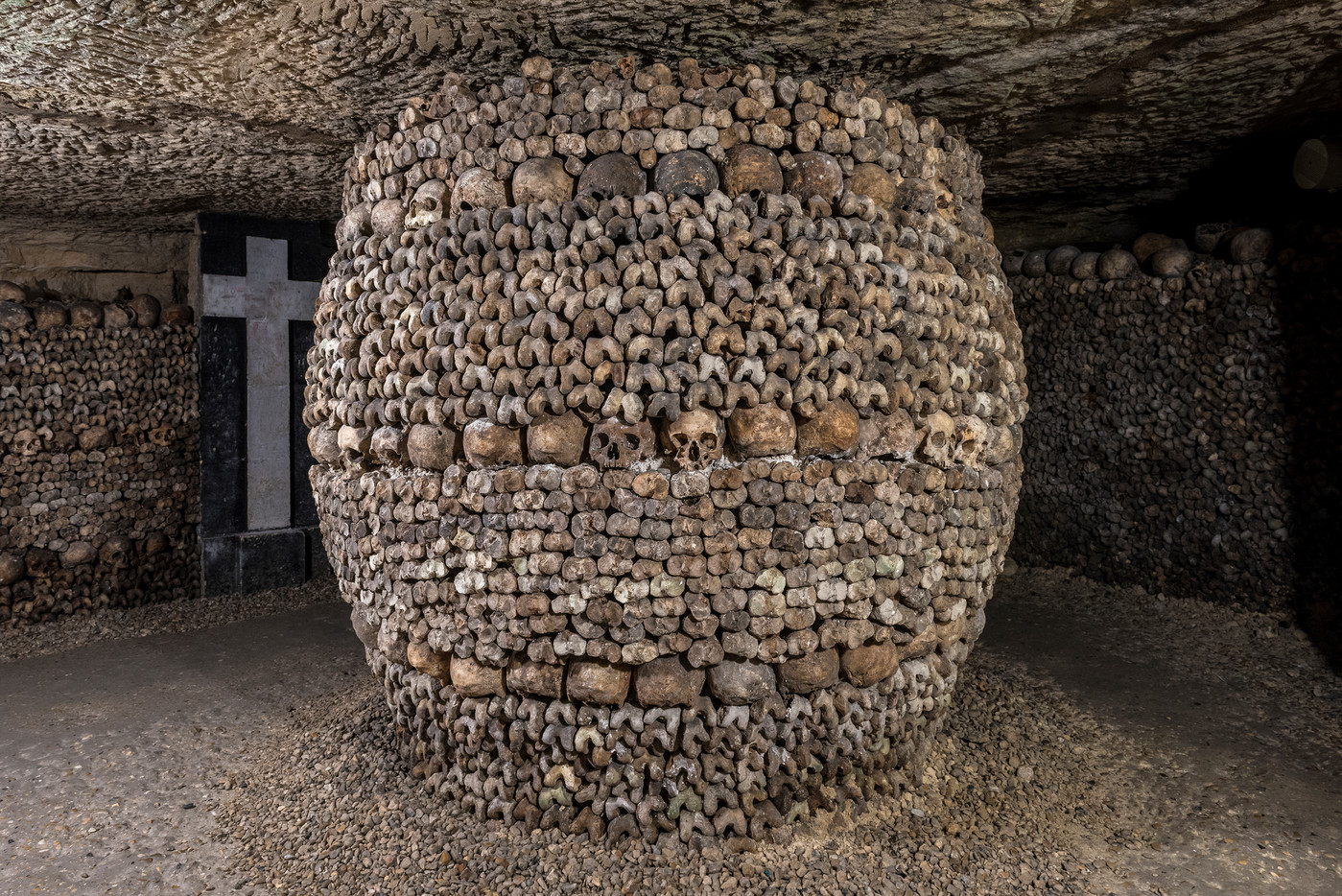
直到21世紀,它仍然存在於漫畫書,講法語的作家的小說小說和電玩遊戲中(Philibert Aspairt作為背景故事情節)。20世紀以來,自2002年以來,卡納瓦萊博物館管理地下墓穴,並在不斷地推廣官方網站。 他們分別於2017年和今年2019年在現場新建了一個出口和一家書店精品店,目的是在巴黎Les Catacombes修復後的房屋中建造一個新的入口和冥想區。 該位置可持續性的考慮主要是確保在非常潮濕的地下環境中預防性保護骨骼,尊重人類遺骸並促進地質,考古和歷史遺產。 對於巴黎地下墓穴來說,這些是真正的挑戰。
Until recent, 21st century, it still exists in comic books, graphic novels by French-speaking authors and video games (Philibert Aspairt as a background storyline) In the 20th century, since 2002, the Musée Carnavalet has managed the Catacombs, continues to promote the site. They newly-built a new exit and a bookstore- boutique on site in 2017 and this year, 2019, their aim is to building a new entrance and a meditation area in the restored Ledoux house in Les Catacombes de Paris. The concern of sustainability of this location is mainly to ensuring the preventive conservation of the bones in a very humid underground environment, respecting human remains and promoting the geological, archeological and historical heritage. Those are the real challenges for Les Catacombes de Paris.
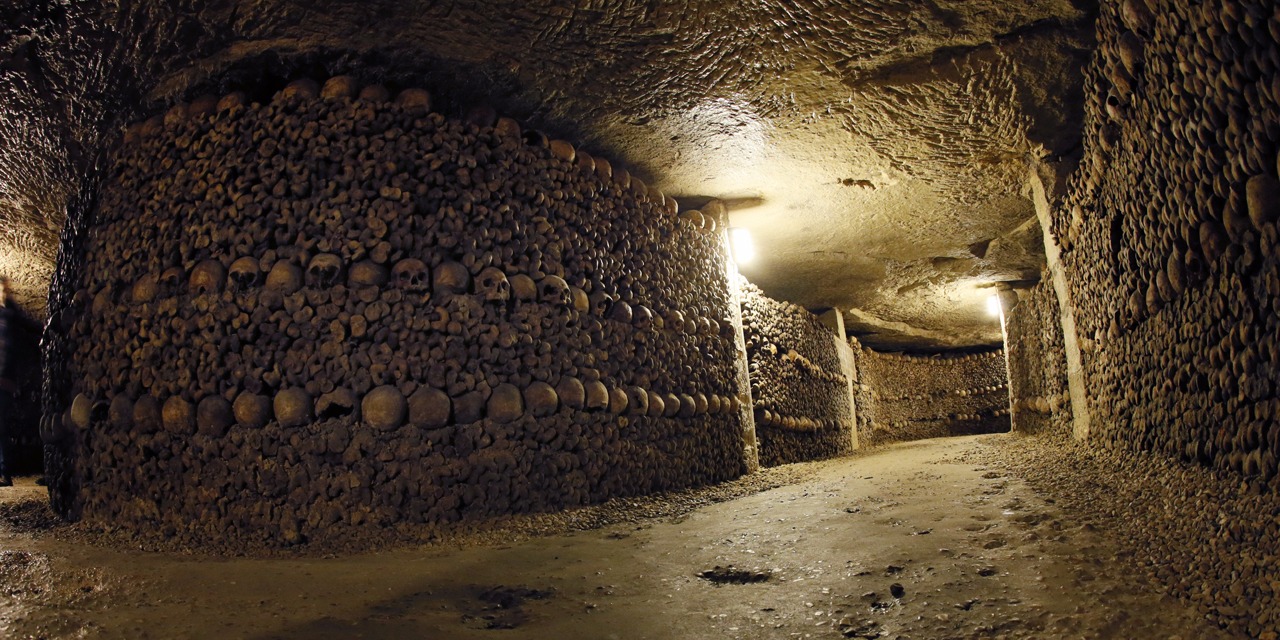
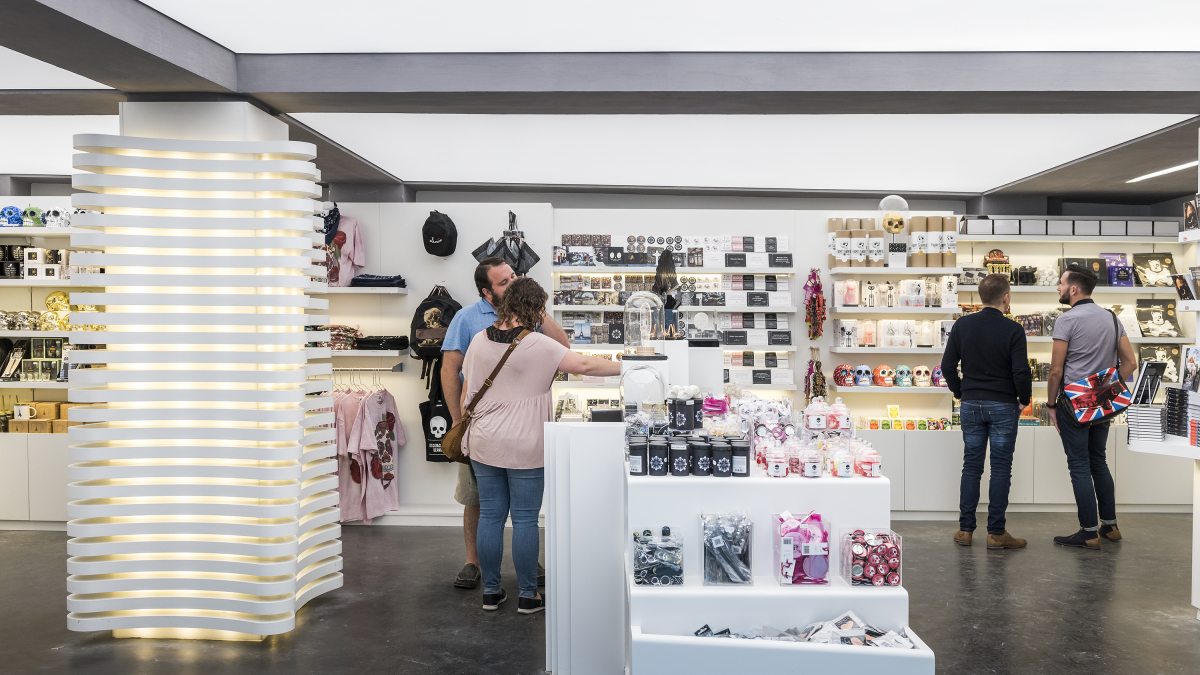
Columnist: Christina Tseng
Photography: Website
Official website:https://www.catacombes.paris.fr/
國際獎項報名代辦專線:02-2799-7723


